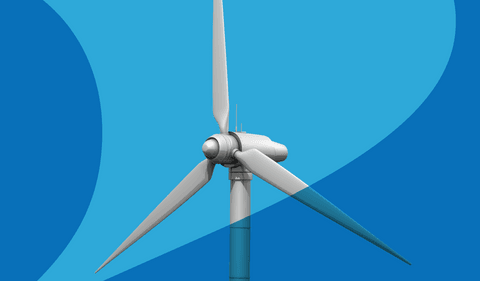- Monitor and prevent pollution.
- Invest in low- and zero-emission technology.
- Bolster infrastructure and workforce development efforts that reduce greenhouse gas emissions.
- Mitigate climate and health risks from urban heat islands, extreme heat and wildfire events.
- Support climate resilience and adaptation.
- Engage disadvantaged communities in state and federal advisory groups, rulemaking and other public processes.
This funding opportunity serves as the largest EJ investment in EPA history, bolstering the Biden administration’s Justice40 Initiative, which calls for 40 percent of climate and clean energy-related federal investments to flow into communities disproportionately impacted by climate change.
Overview
The EPA’s funding announcement details that the $100 million investment is divvied up as follows:
- $30 million for the Environmental Justice Collaborative Problem-Solving (EJCPS) Cooperative Agreement Program.
- $70 million for the Environmental Justice Government-to-Government (EJG2G) Program.
The EJCPS Cooperative Agreement Program will directly support nonprofit organizations as well as facilitate partnerships with such groups. The EJCPS Cooperative Agreement Program seeks to support eligible organizations in developing and implementing projects that address environmental or public health issues in local communities. Leveraging the EPA’s Environmental Justice Collaborative Problem-Solving Model, the EJCPS program encourages recipients to engage in collaborative partnerships with local businesses and government, medical service providers, academic institutions and other stakeholders. The EPA is poised to distribute 50 awards of $500,000 and 30 awards of $150,000.
The EJG2G Program—formerly known as the State Environmental Justice Cooperative Agreement Program—aims to create model state activities resulting in measurable environmental or public health benefits for communities overburdened by the impacts of climate change. The program calls on models to leverage existing state agency resources to build out tools and processes that incorporate EJ considerations into state government programs. In total, the EPA will support approximately 70 projects of up to $1 million each for a three-year project. The EJG2G funding is to be allocated as follows:
- $20 million for state governments to be utilized in collaboration with community-based organizations (CBOs).
- $20 million for local governments to be used alongside CBOs.
- $20 million for federally recognized tribal nations to be distributed with CBO partners.
- $10 million for U.S. territories and remote tribes with minimal access to CBOs.
For both the aforementioned grant programs, the EPA will extend special consideration to projects that are located in or benefit rural areas; include Health Impact Assessments, or center on climate change, disaster resiliency or emergency preparedness. By supporting community-based organizations, each program ensures local organizations that best understand the needs of their communities are prioritized.
Next Steps
Applicants must submit proposal packages by April 10, 2023 for funding consideration. Moreover, the EPA notes that applicants should anticipate projects to begin on October 1, 2023. As such, the EPA will host two, pre-application assistance webinars on January 24 for the EJCPS Program and January 26 for the EJG2G Program.
Akin Gump’s public law and policy and environmental and natural resources team is monitoring EJ grant funding implementation and is readily equipped to guide clients as they prepare proposal packages.



